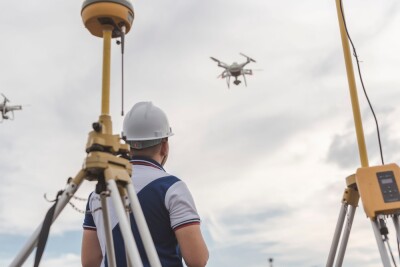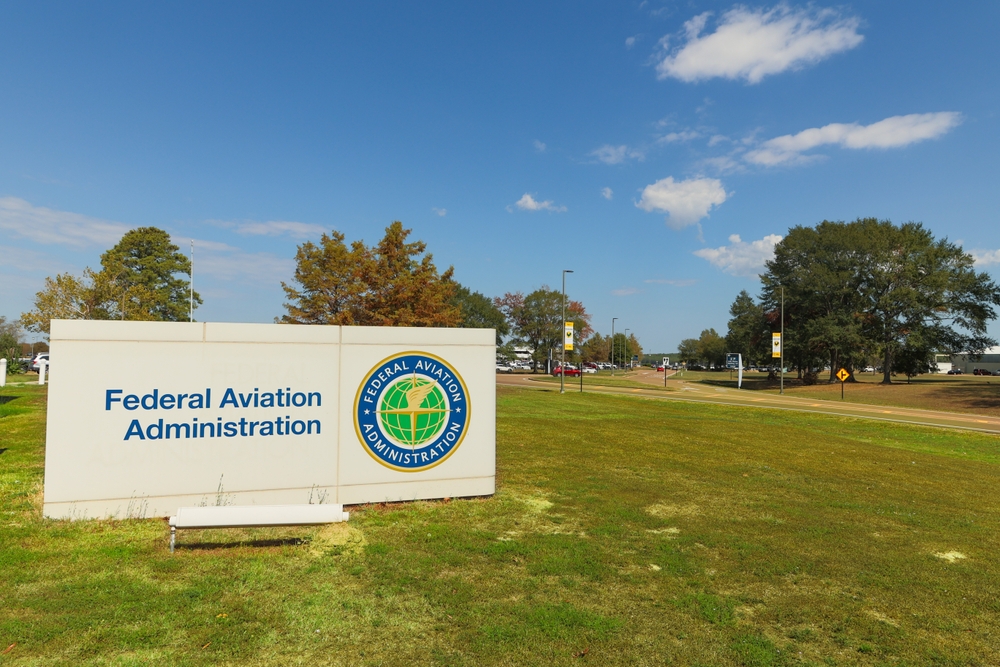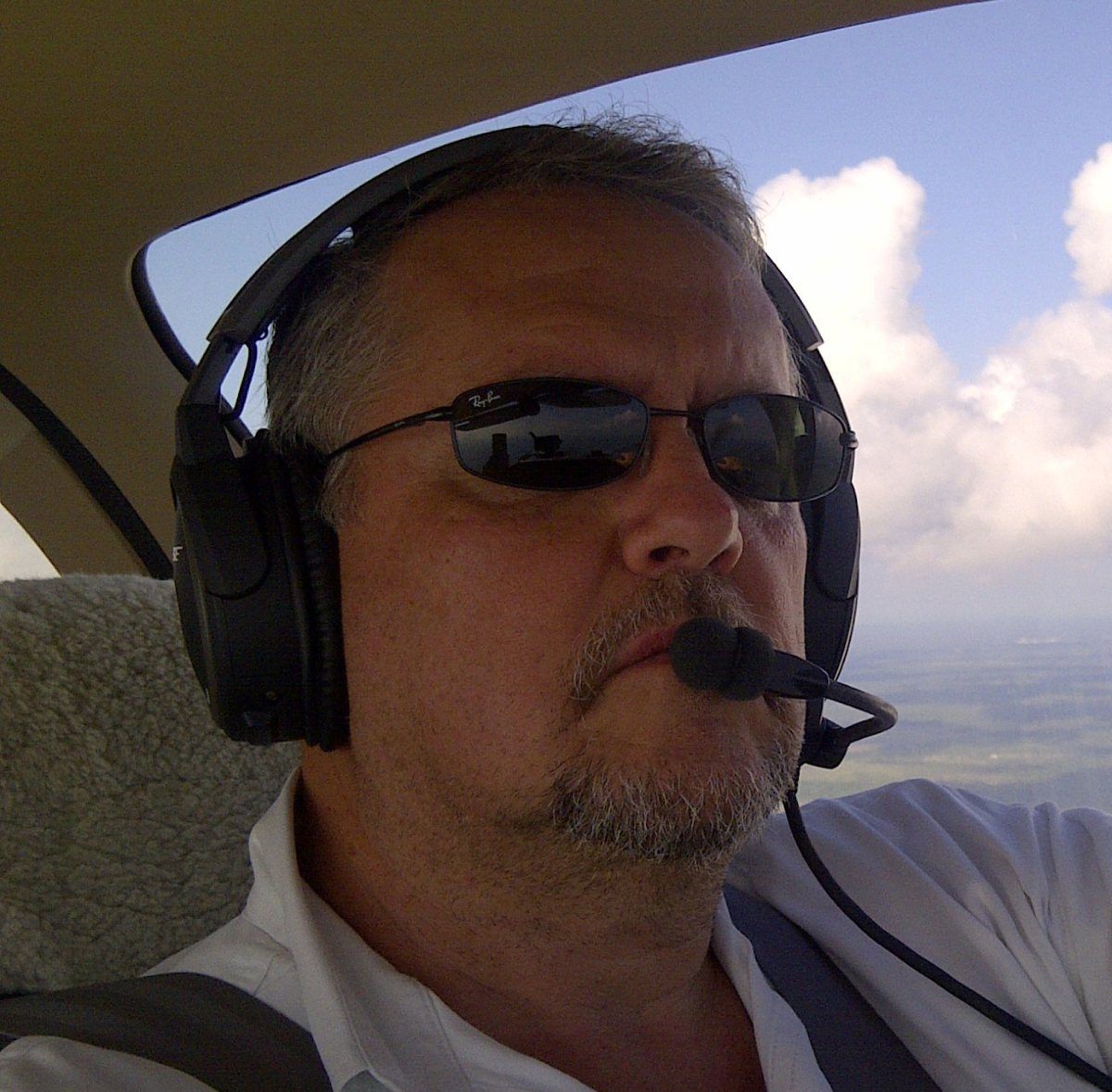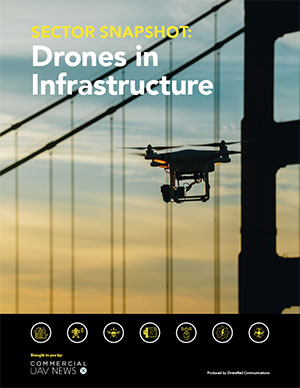Last week marked a significant milestone for those in the commercial UAV industry, with the official release of the Notice of Public Rulemaking (NPRM) for Beyond Visual Line of Sight (BVLOS) drone operations. Pilots and others involved in commercial operations across numerous sectors have been waiting anxiously for this release, particularly as multiple deadlines set by the executive and legislative branches of the U.S. government were missed earlier this year. Now, the public has 60 days to provide comments in the Federal Register, each of which must be considered by the FAA, before a final rule is unveiled.
It is, of course, important to note that this NPRM is not what will ultimately govern BVLOS operations in the future. Instead, this is simply a draft rule put together by a variety of agencies and other stakeholders that can and certainly will be changed in some important ways. That being said, it does provide some insight into how the U.S. government is thinking about regulating the next generation of drone operations in the country, even if tweaks are eventually made. With all of that in mind, below are five of the biggest takeaways (in no particular order) from this NPRM that the industry needs to know.
Two Tiers of Operational Authorizations
To start, this proposed rule does not include a one-size-fits-all approach to authorizing operations, instead breaking the authorization process into two distinct categories based on risk. For what is deemed a low-risk operation, operating permits will be issued. Conversely, for operations deemed as high-risk, operators will need operating certificates. The proposed rule calls out higher-risk operations being determined by parameters such as size, weight, and speed of the UAS, whereas low-risk operations would typically involve smaller UAS with limited overhead exposure to people.

One of the crucial differences between these two authorizations is the amount of time for which they are valid. The operating permits are valid for shorter durations and subject to more frequent renewals as compared to the operating certificates. However, the renewal process for permits is more streamlined, and while the certificates are valid for longer, they also require more oversight from the FAA, including the need to develop a safety management system and a training program for operations personnel. This ultimately provides a pathway for operators to start on the smaller end with permits, but with the opportunity to graduate up to a certificate if and when their operations call for it.
Performance-Based Rulemaking, not Prescriptive
In speaking with those in the industry over the last few months during the ramp-up to this release, one of the bigger concerns shared by many was the fear that the rules would be specific toward particular types of equipment or software. Oftentimes, these specifics can be a positive for these types of regulations as it leaves less of a gray area, but in this case, for such a rapidly developing sector, being too prescriptive can push against innovation and keep the industry tied to specific solutions even if better technology exists. The FAA is trying to avoid that scenario by tying requirements to performance-based benchmarks, instead.
“To balance the need to enable innovative services, maintain the safety and efficiency of the NAS, and be nimble enough to accommodate rapid technological changes, FAA proposes flexible, performance-based requirements that can evolve as technology advances in this dynamic operating environment,” reads the proposed rule.
To give an example, one of the requirements set forth in this NPRM is the need for detect-and-avoid technology, something that was largely expected by the community. However, this proposed rule bases the requirement on performance measures and capabilities, rather than dictating a specific manufacturer or architecture. These technologies will be subject to compliance testing before being accepted, but this kind of rule should “future-proof” this regulation and ensure innovation can still take place.
Shift from Individual Pilot Certifications to Organizational Responsibility
Arguably, the most significant change that this NPRM would implement for the industry is the way that airman certificates are handled. More specifically, that individual pilot certifications are no longer being handed out, with the emphasis turning to organizations in the form of operations supervisors and flight coordinators. Juan Plaza wrote about this for Commercial UAV News last week, so we’d recommend checking out that article for more information about this specifically, but below is the language used by the FAA in the proposed rule.

“Under this proposal, FAA would not require airman certificates but would require each operator – both permitted and certificated – to have an operations supervisor responsible for the overall safety of the operation.”
Airworthiness Acceptance
While most of our focus to this point has been on the effect of the NPRM on operators, i.e. companies and organizations, there is language in this release about the drones themselves, too. One of the takeaways is the limit on what drones fall under this regulation, which in the NPRM includes any drone up to 1,320 pounds, including anything that it is carrying or that is attached to the system.
In their own words, the government is aiming to balance efficiency in approval processes for drones while “maintaining the integrity of the NAS and safety of the public,” and thereby using industry consensus standards for airworthiness. All drones must be accepted by the FAA before being used in any BVLOS operations, with the regulations applying to both new builds and material changes to an already manufactured UAS. Some of the key considerations when determining airworthiness will include noise limitation, the aforementioned detect-and-avoid capabilities, and fail-safe requirements, among others.
A Formal Role for Third-Party Service Providers
Finally, this NPRM also includes language pertaining to third-party service providers in what is being called part 146. These regulations are for Automated Data Service Providers, or ADSPs. Similarly to what was discussed above with performance-based versus prescriptive rulemaking, the FAA specifically points to the rapid development within the industry as part of their consideration with part 146.
“The purpose of part 146 is to provide a regulatory framework for appropriate government oversight of automated data services that support aircraft operations, especially those conducted under part 108. At the same time, the framework is designed to be flexible enough to accommodate the natural evolution and development of the technologies and systems on which these services are based.”















Comments